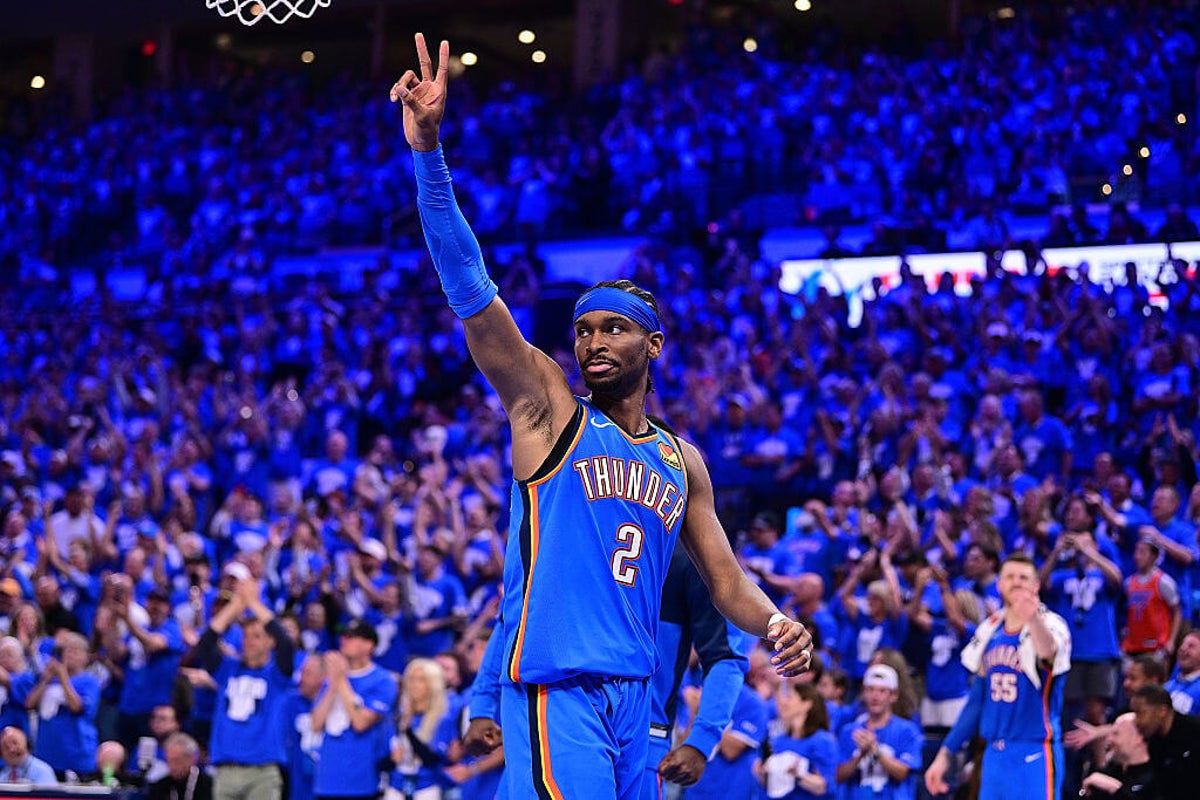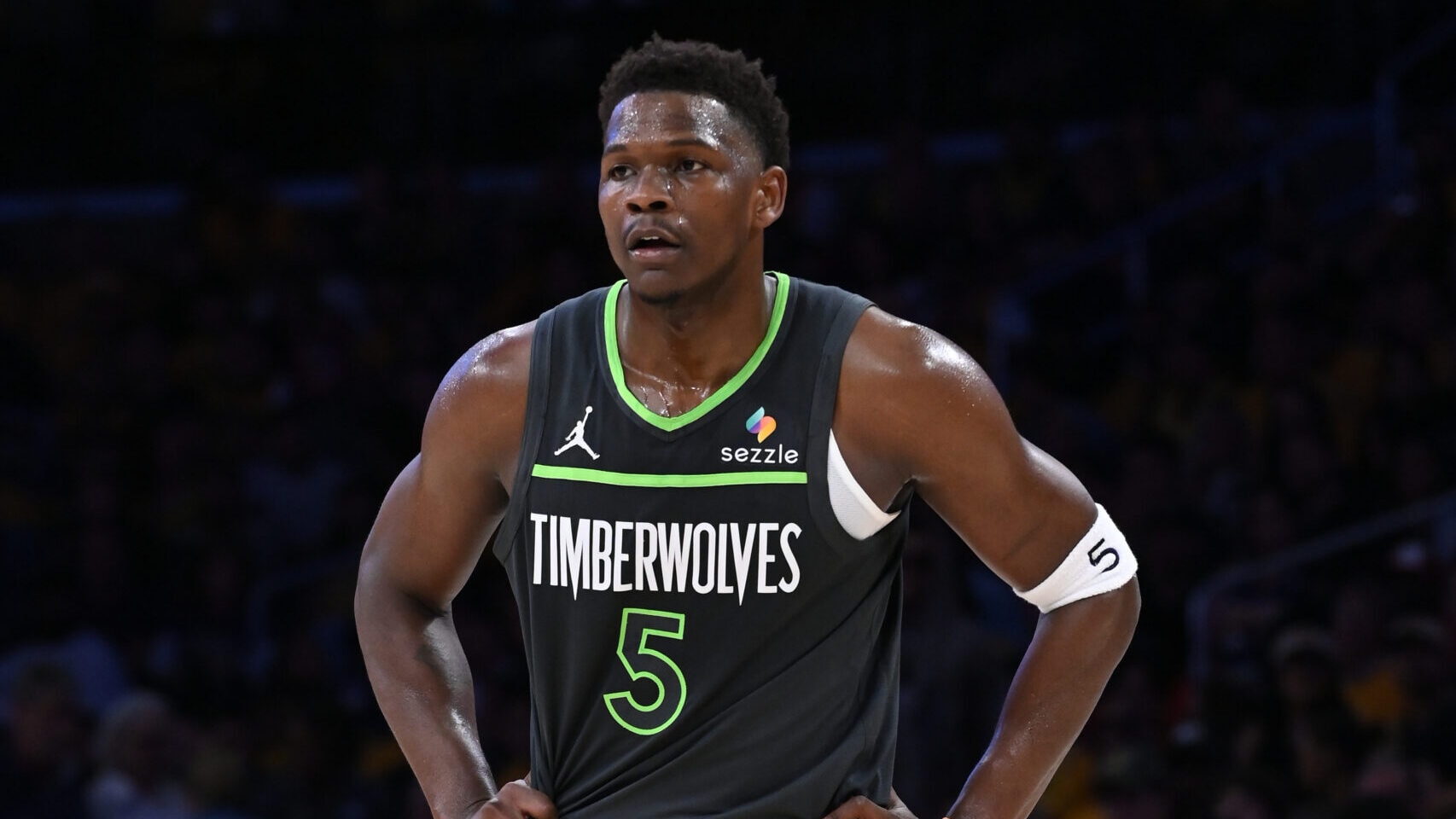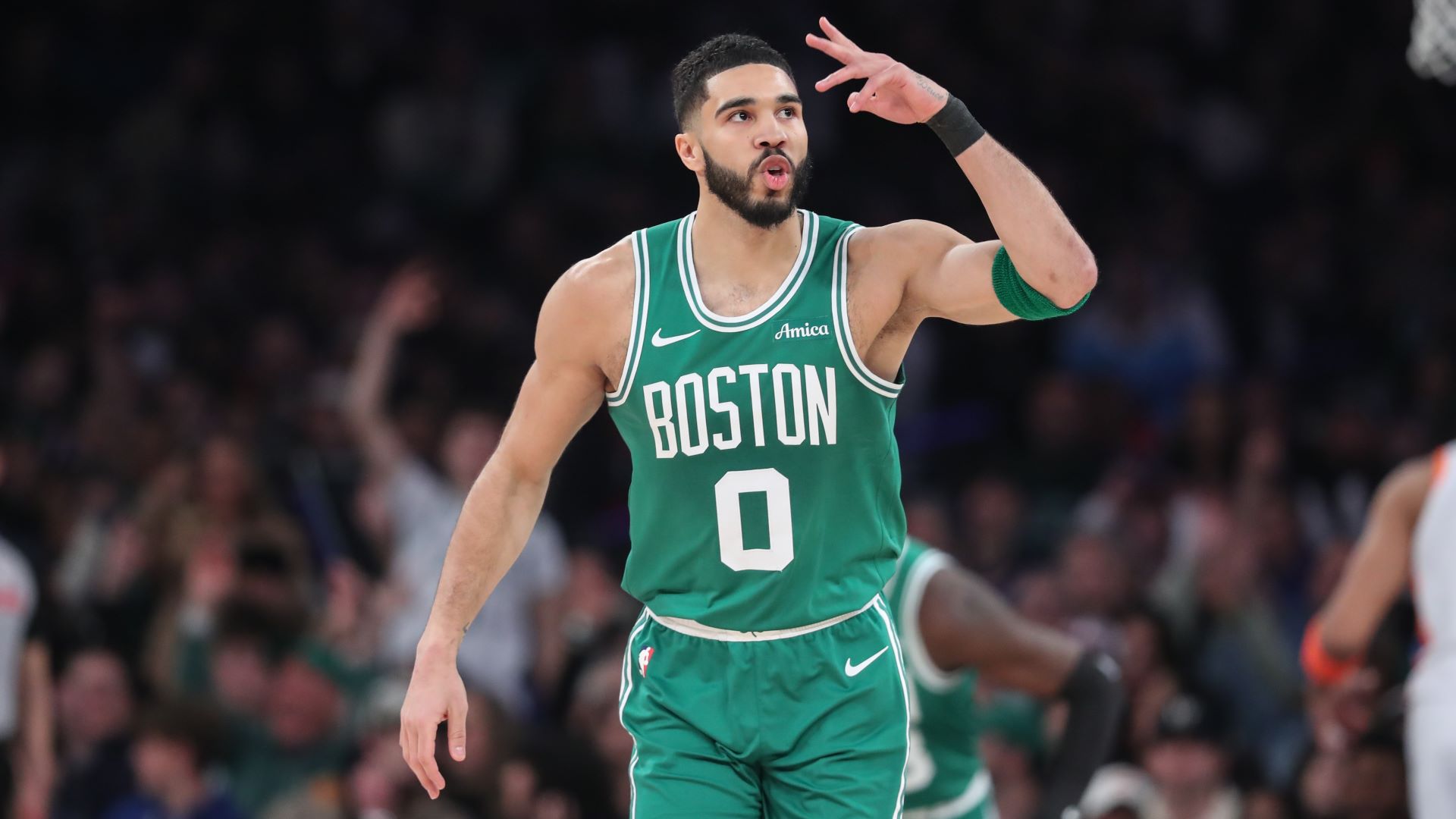
Congrats to all the bean counters and attorneys who serve the NBA’s corporate offices. You’ve won.
Parity, or as close to parity as the NBA can get, has been achieved.
The NBA will have a seventh straight different champion in 2025, the first time in league history. Two of the four remaining teams in the conference finals — Minnesota and Indiana — have never won an NBA title. The Oklahoma City Thunder were in Seattle and called the SuperSonics when they won their lone league championship in 1979; the Knicks haven’t won one in 52 years, or since Spike Lee was sitting in the nosebleed seats at Madison Square Garden.
Advertisement
This is a good thing for the league and its fans. A very good thing.
(You know what’s not a good thing? The lottery. It’s not doing what the league says it’s designed to do: get the best young prospects to the teams that most need them. But, that’s another column.)
Look, I love dynasties. I love knowing what, or who, the standard is, and what you’re gonna do to try and knock them/him/her off their perch. I love going to Yankee Stadium or Bell Centre in Montreal or TD Garden and seeing nothing but championship banners. The Yankees, Canadiens and Celtics don’t do division championship banners or conference titles. Nothing but sustained excellence. Mike Tyson spent half a decade wearing nothing but a towel to the center of the boxing ring, letting his malevolent fists do the talking. (Is there a greatest fisherman of all time? I guess so.)
But having new superstars get their moment in the spotlight is dope, too. And, so far, the ratings for the Thunder’s, Pacers’, Timberwolves’ and Knicks’ postseason triumphs have been just fine.
The cliché that people along the East and West Coasts dismiss the rest of the United States as “flyover country” is old, musty and untrue. Especially in sports. No one would argue that the Dallas Cowboys and Green Bay Packers, or the St. Louis Cardinals and Chicago Cubs, aren’t nationally known and supported franchises in the NFL or Major League Baseball. The Chicago Bulls, Detroit Pistons and San Antonio Spurs have been among the most dominant franchises in the last 30-plus years of the NBA. Anyone who cares about the long-term health of any league understands that teams in the Midwest and Southwest need to thrive and be successful, too.
The breakthroughs of the Wolves and Pacers to consecutive conference finals appearances, and the Thunder returning for the first time since the end of the Kevin Durant era in 2016, are hugely important for the league to be able to say with a straight face that it really is intentional — and, has been successful — in trying to level the playing field, and force talent to be spread more evenly around the league.
I know Edwards doesn’t want the job, but this is a chance for the Wolves’ alpha to make an unequivocal case that he’s not just the baddest man in the game, but the face of the league. So, too, can the Thunder’s Shai Gilgeous-Alexander, the Pacers’ Tyrese Haliburton, or the Knicks’ Jalen Brunson. Each of them has national TV commercials, though Haliburton’s profile is a little smaller nationally than the other three. But they’re all telegenic guards with mesmerizing games, even though Edwards is the only one of the four who could be viewed as a high-flier.
Advertisement
Just look at the superstars whose teams didn’t get out of the first round, or make the playoffs at all: LeBron James, Luka Dončić, Giannis Antetokounmpo, Durant, Trae Young, Kawhi Leonard, James Harden, Victor Wembanyama, Joel Embiid, Ja Morant and Zion Williamson. Stephen Curry, Nikola Jokić, Russell Westbrook, Donovan Mitchell, Jayson Tatum and Jaylen Brown bid adieu in round two. That’s 15 of the NBA’s last 17 regular-season Most Valuable Players, and 12 of the last 13 finals MVPs, who are out of the mix before the conference finals.
The ascension of OKC, Minnesota, Indiana and New York came via different routes. The Wolves have ridden winning the lottery twice, in 2015 and 2020, to build their team — first, around Karl-Anthony Towns, and then Edwards. The Thunder remade their team by trading Paul George to the Clippers in 2019, and not only getting SGA from Los Angeles, but a 2022 first-round pick in the trade that became All-Star forward Jalen Williams. Similarly, the Pacers retooled via a big deal, getting Haliburton from the Kings in 2022 for center Domantas Sabonis.
The Knicks did it the old-fashioned way, convincing Brunson to come to New York via free agency from Dallas in 2022, then surrounding him via smart conventional trades (getting Josh Hart from Portland at the 2023 trade deadline, and OG Anunoby from Toronto for R.J. Barrett) and keeping their powder dry for several offseasons, retaining their bushel of future first-rounders available until using five of them to get Mikal Bridges from the Nets last summer.
To be sure, each of the previous six champions also built smartly around their transcendent stars to create championship teams. But the superteam/player empowerment era looks to be over. At the least, up-and-coming teams such as Cleveland — the Thunder, Magic and others — are going to have incredibly difficult decisions to make in the next couple of years about what parts of their current rotations are most worth preserving.
Combined with cap “smoothing” — smaller, year-over-year increases in the cap, starting in 2023, rather than huge one-year jumps like in 2016 — the new collective bargaining agreement, with its draconian penalties for teams that exceed the second apron, has hit multiple contending teams between the eyes, and made it impossible for them to keep their superstars together. The Suns shopped Durant and Bradley Beal to no avail in February, less than two years after sending everything not nailed down to Brooklyn and Washington, respectively, to put KD and Beal next to Devin Booker.
Advertisement
But forget building around three superstars. A lot of teams can’t even keep their most important role players.
The Clippers (Paul George) and Nuggets (Bruce Brown, Kentavious Caldwell-Pope) have already had to contract their rotations because of second apron concerns, with Denver’s uncertainty about its bench a key component in the dysfunction that led to the firing of Mike Malone and GM Calvin Booth at the end of the regular season.
Boston’s controlling ownership group is selling what is arguably the league’s most iconic franchise. Estate tax penalties play a big part, to be sure. However, the 2024 NBA champions are also facing an incoming financial tsunami after (correctly) giving supermax extensions to Tatum and Brown in the last 24 months. Those $300-plus million apiece deals put the Celtics way above the second apron, and in the crosshairs of a monster, nine-figure luxury tax bill as soon as 2026. It’s a distinct possibility that Boston will have to move either Kristaps Porziņģis or Jrue Holiday, each a prime catalyst for the 2024 championship team, to get back under the second apron.
And that big bill, governor Wyc Grousbeck told Boston radio station WEEI in March, isn’t even the reason the Cs want to get under.
“It’s basketball penalties now, and there’s like nine of them that kick in if you stay in the second apron,” Grousbeck said. “Like, you can’t make trades anymore. It’s very hard. You have to do one player for one. You can’t add up guys. If you’re trying to trade a player, you have to get the exact match on salaries, very close. You freeze your draft picks that go to the end of the first round. You basically can’t trade them. So, you all of a sudden, even if you finish really poorly, you’ve got the 30th pick because of overspending.”
The last time the NBA was this egalitarian was during the 1970s. That decade, seven different teams — New York, Milwaukee, Los Angeles, Boston, Golden State, Portland, Washington and Seattle — won championships. But the league’s myriad issues, from franchise stability to drug use to the racist trope that the league had become “too Black” to be enjoyable for White patrons, made the NBA so unpopular at the time that its network TV partner, CBS, trying to protect its popular weeknight lineups, aired several of the league’s postseason games, including the finals, on tape delay on the East Coast in the late ’70s and early ’80.
Things are better now. And, someone’s going to raise the Larry that’s never done it before, or at least not in a good long while. Even if you loved, and love, watching Steph splash 3s, there are other people in the company who can take center stage, and make you come out of your seats by the end of the show.
(Photo of Shai Gilgeous-Alexander: Joshua Gateley / Getty Images)


